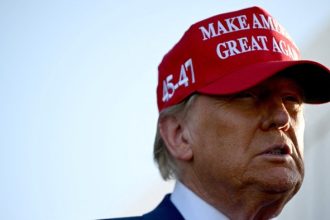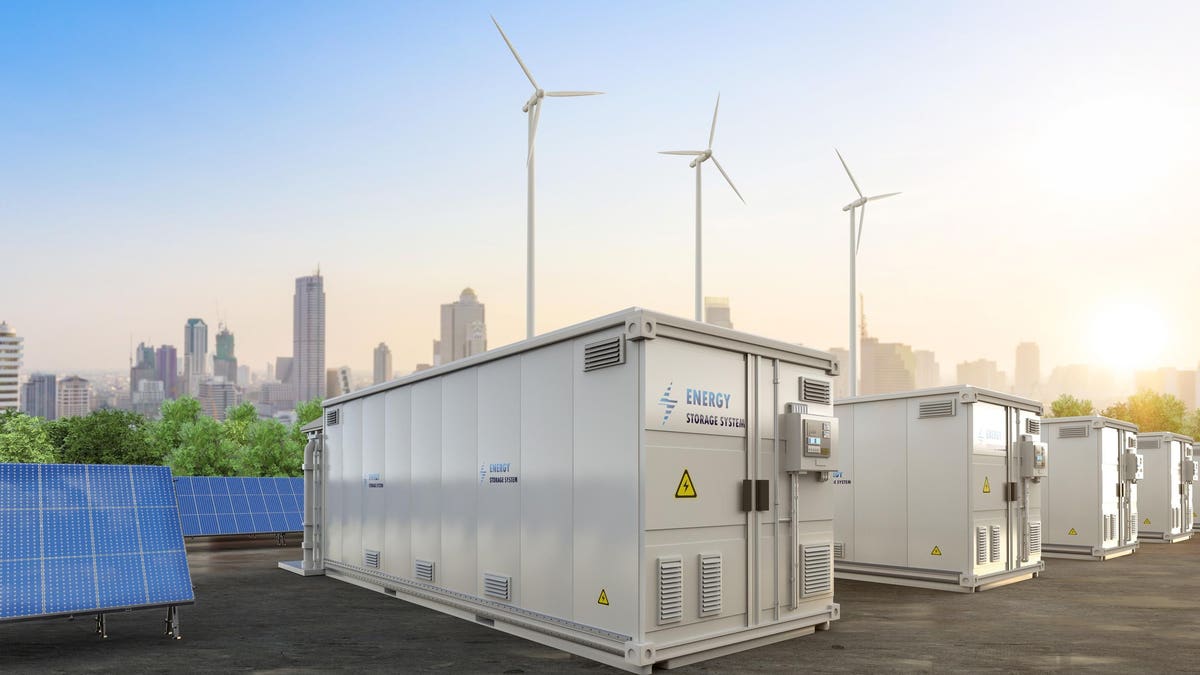Authored by Wood Mackenzie’s Power & Renewables team in APAC
Australia’s National Electricity Market (NEM) saw new price records last year due to the energy crisis. However, drops in commodity fuel prices and a surge in renewable energy, especially from rooftop solar, have caused a significant drop in average prices, with the market seeing AUD 83 per megawatt hours (MWh) in the first three months of 2023.
The decline in wholesale prices due to increased renewable energy penetration can both encourage and dissuade investment. For example, this requires new transmission lines and power management services to offset the intermittency of more renewables. In theory, this should encourage more investments into technologies, like battery energy storage systems (BESS), but lower wholesale prices also mean less revenue for asset owners.
Despite the risk of lower returns, Australia is one of the most attractive markets globally for BESS technology. The presence of daily spot markets for power and system frequency control services offer diverse revenue streams, which is crucial for the viability of BESS.
Currently, there are over 40 gigawatt (GW) of announced BESS capacity in all stages of the project pipeline, which is equivalent to the combined 40 GW capacity of existing solar and wind power fleet in the country. However, not all BESS projects may come to fruition. Despite the immense interest, obstacles such as challenges with grid connection, reliance on imported equipment, and high costs pose barriers to the expansion of BESS.
Fortunately, the price of lithium carbonate, a specialised chemical required for battery production, has decreased by nearly 50% since reaching a record high in November 2022. In addition, battery module costs are benefiting from lower commodity prices, technology improvements and production efficiencies. Wood Mackenzie expects module prices to drop by more than 40% and in turn drive down BESS system costs in Australia by 18% over the next decade.
Another growing opportunity for Australia is the emergence of a hydrogen economy. To date, the global hydrogen project pipeline sits at 89 million tonnes per annum (Mtpa) and until this year Australia was leading in total low-carbon hydrogen project announcements. Despite slipping behind the United States, Australia still has one of the largest hydrogen project pipelines, sitting at 12 Mtpa of which 96% is for green (electrolysis) hydrogen projects.
Australia boasts some of the best renewable resources with ample land availability in the region. The country has favourable wind speeds and solar irradiance allowing hybrid onshore wind and solar projects to achieve capacity factors similar to baseload power. This enables green hydrogen powered by hybrid renewables to deliver a levelised cost of hydrogen (LCOH) of USD 4/kgH2 by 2027, which in turn will reach cost parity with blue hydrogen.
Australian hybrid projects should be able to deliver some of the most competitive LCOH in the market, which will enable the country to position itself as a major low-carbon hydrogen exporter. We expect Australia will export nearly 1 Mtpa or 50% of its low-carbon hydrogen supply by 2030. However, with only two major import markets, namely the European Union and Northeast Asia, and 14 exporter countries, Australia will face intense competition to secure off-take agreements in the hydrogen market.
It’s clear – the opportunities for BESS and hydrogen are immense given the country’s abundant natural resources. To ensure Australia maintains its leading position in nascent and rapidly evolving markets, the country will require continued policy support, State and Federal government support for BESS and hydrogen. Australia has seen developments like this already which are steps in the right direction, providing a head start and long-term signposts for the global hydrogen industry to thrive.
The global energy transition is a marathon and this is just the beginning of Australia’s energy revolution.
The Wood Mackenzie team will be attending the Australian Clean Energy Summit on 18-19 July. To schedule a meeting, please visit. For press enquiries, please contact the media centre.
Read the full article here





